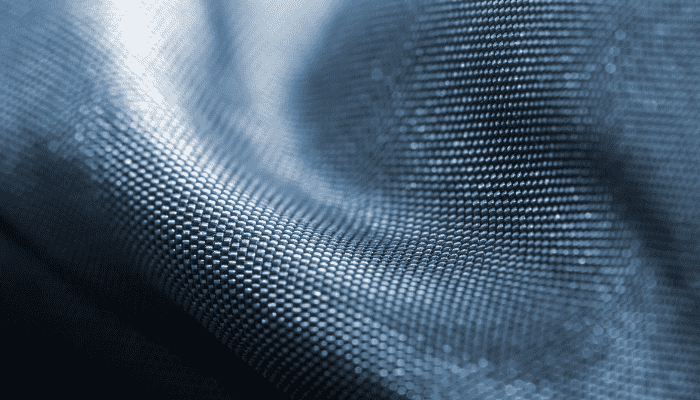
600D polyester is a high-performance synthetic fiber material highly regarded for its exceptional qualities. It possesses outstanding strength, abrasion resistance, and elasticity, as well as excellent chemical stability and weather resistance. Next, I will take you on a comprehensive journey into every aspect of 600D polyester, including its definition, advantages, production process, comparison with other materials, and everyday maintenance and care. Through this introduction, I hope you can become more acquainted with 600D polyester and make wiser choices in practical applications.
What is 600D polyester
600D Polyester, also known as 600D Polyester, is a synthetic fiber made from polyethylene terephthalate (PET). The “D” stands for Denier, a unit used to measure the thickness of yarn or the density of fabric. The higher the number, the thicker the yarn or the denser the fabric.
Advantages of 600D polyester
Excellent Strength: 600D polyester exhibits remarkable strength and can withstand tension and weight, making it suitable for outdoor activities and daily use.
Abrasion Resistance: This material is highly resistant to wear and tear, enduring friction and abrasion while maintaining its appearance and performance over time.
Good Elasticity: With decent elasticity, 600D polyester swiftly returns to its original shape after being subjected to force.
Chemical Stability: 600D polyester showcases excellent chemical stability, resisting corrosion and damage, thus adaptable to various environmental conditions.
Weather Endurance: Its resilience against natural elements like sunlight and rain ensures stable performance and appearance.
Lightweight: Despite its robustness and durability, 600D polyester remains relatively lightweight, not adding unnecessary burden or weight to items.
Easy to Clean: Thanks to its smooth, non-absorbent surface, cleaning is a breeze, requiring simple wiping or washing to maintain cleanliness.
Combining these attributes, 600D polyester has become one of the ideal materials widely used in the production of backpacks, luggage, outdoor gear, and more.
Production Process of 600D polyester
The production process involves several key steps:
Raw Material Processing: Polyester fiber originates from terephthalic acid and ethylene glycol. These materials undergo proportionate blending and esterification in a reactor, yielding polyester acid.
Polymerization Reaction: Polyester acid undergoes polymerization in a reactor, incorporating catalysts, additives, and solvents. This process yields polyester resin, a pivotal ingredient for manufacturing polyester fiber.
Spinning Process: Polyester resin enters a spinning machine, dissolves, and filters under high temperature and pressure. The dissolved polyester is extruded through a nozzle, solidifying into filaments via nozzle rotation and cooling airflow.
Drawing Process: Filaments undergo stretching and heat setting in a drawing machine, resulting in finer fibers with enhanced strength and toughness.
After drawing, fibers are cut and finished to meet desired specifications, yielding polyester fiber products widely utilized in textiles, packaging, construction, transportation, etc.
Comparison of 600D polyester with Other Materials
Compared to Nylon, Which also boasts high strength and abrasion resistance, 600D polyester offers a more reasonable price while maintaining high performance. However, it is also more expensive and lacks weather resistance.
Compared to Canvas: Canvas is less expensive, but its strength and abrasion resistance are inferior to 600D polyester.
Maintenance of 600D polyester:
Maintaining 600D polyester fabric is simple, requiring adherence to a few basic steps to keep it looking new for a long time.
Washing: When washing 600D polyester fabric, opt for a neutral detergent to maximize the protection of the fabric’s texture and color. Avoid overly strong alkaline or acidic detergents.
Drying: During drying, avoid direct sunlight exposure to prevent color fading and minimize fabric shrinkage or wear.
Ironing: To ensure effectiveness while preventing damage, use low-temperature ironing or place a cloth over the fabric.
Storage: Store the fabric in a well-ventilated, calm, and dry place, avoiding mixing with chemicals like deoxidizers to prevent moisture absorption, discoloration, or other chemical reactions.
In Conclusion
600D polyester demonstrates extensive potential as a high-performance synthetic fiber material across various fields. We can better recognize and utilize this premium material by comprehensively understanding its definition, advantages, production process, comparison with other materials, maintenance, and care. I hope this article provides valuable guidance and insight.



